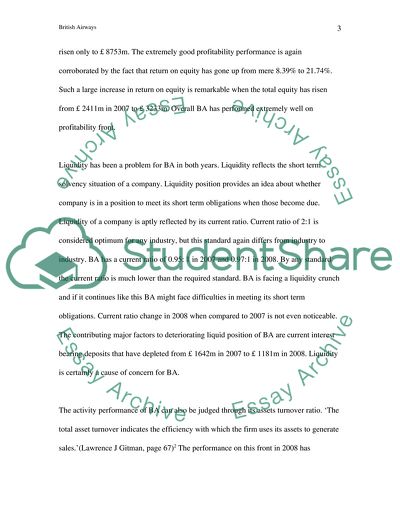Cite this document
(“British Airways Performance Analysis Assignment - 1”, n.d.)
British Airways Performance Analysis Assignment - 1. Retrieved from https://studentshare.org/finance-accounting/1719456-british-airways
British Airways Performance Analysis Assignment - 1. Retrieved from https://studentshare.org/finance-accounting/1719456-british-airways
(British Airways Performance Analysis Assignment - 1)
British Airways Performance Analysis Assignment - 1. https://studentshare.org/finance-accounting/1719456-british-airways.
British Airways Performance Analysis Assignment - 1. https://studentshare.org/finance-accounting/1719456-british-airways.
“British Airways Performance Analysis Assignment - 1”, n.d. https://studentshare.org/finance-accounting/1719456-british-airways.


